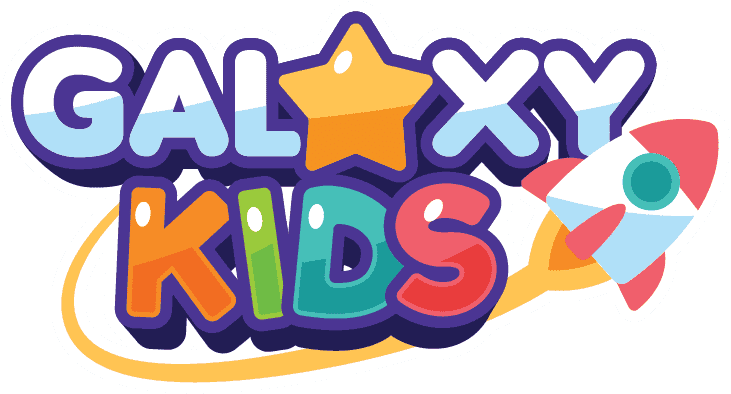
How to teach your child alphabets?
Anyone who has kids or has taught them will tell you how difficult it can be to get them to focus on anything for extended periods of time, especially if it’s something educational. However, parents can actually teach their preschoolers to learn the alphabet in a fun and easy way using the suggestions in this article.
First, let’s define letter recognition.
What Is Letter Recognition?
Letter recognition—also known as alphabet recognition—is the ability to:
- Distinguish between the 26 letters of the alphabet
- Say the letter names
If your child already knows the “Alphabet Song”, that is a great start! But there is more to letter recognition than being able to sing the ABC’s.
To teach letter recognition, children need a multi-sensory approach. First, you must introduce the letters through fun activities like games and storytime. Buy some alphabet books for your child that are appropriate for their age. Board books are perfect for toddlers, and bigger books with paper pages are good for older children.
Alphabet puzzles and blocks are also good ways to introduce letters. Remember, the first step is for your child to start seeing English letters in their environment. Once they show interest in the letters, you can do more focused activities to teach the letters.
You can start in alphabetical order and teach upper and lowercase at the same time. Write the letters, use flashcards, and watch videos about the letter A. Remember, a multi-sensory approach means that your child experiences letters in a variety of ways.
You can use songs, videos, toys, blocks, writing activities, apps, and even cooking to teach letters. If your child prefers one activity over the other, then do more of that activity. You don’t want to force your child or make them feel like learning the alphabet is a chore. It should be fun and engaging for them. If they don’t like a particular activity, try something else.
You can even teach letters using your child’s favourite toys or cartoon characters. Put a letter on your child’s favourite toy and ask them what letter the toy has. Feed letters to a hungry stuffed toy and tell your child the toy only wants to eat “letter A” or whatever letter you are teaching your child.
Letter Recognition is not only about seeing the letters but writing them as well. You can help your child develop early pencil grip practice by starting with fat crayons and markers and letting them draw on paper, cardboard, and even white fabric.
Learning letters and writing should happen naturally. If you give your child the tools and make sure that these activities are presented in a fun and casual way rather than forced, your child will develop a natural love of letters and writing.
It is also recommended that you buy English language books and have a book area in your home so that your child can develop a love of books and reading. You don’t need a big, fancy library, a basket of books in an area where your child can see it easily is perfect.
Read to your child every day. If you aren’t comfortable reading in English, then read in your own language. Reading is really important, not just because it is how we communicate but it helps develop your child’s imagination and critical thinking skills.
Also, point out words and letters in your everyday environment. Point to letters on street signs, on restaurant menus, and anywhere you see the letters. Show your child that letters are everywhere and that they are important so that we can communicate and understand the world. Children learn by copying, so if they see you reading and writing, and getting excited by letters, they will feel excited too.
Vocabulary Time
Once your child is familiar with the letters in English, they are ready to connect the letters to words in English. Here are some common words you can use to teach beginning letter sounds:
Apple
Boy
Cake
Dog
Egg
Flower
Girl
House
Ice-cream
Juice
Kangaroo
Lemon
Mice
Number
Owl
Pencil
Queen
Rain
School
Teacher
Umbrella
Violin
Water
Xylophone
Yellow
Zebra
You can use pictures, flashcards, books, videos, drawing activities, toys, and real-life objects to teach these words and connect them to the letters. Try a letter scavenger hunt where you ask your child to look for things in their room that begin with “Aa” and whatever letters you are teaching. It is important for your child to be able to connect the words to letters through various ways that make sense to them.
Simply saying, “a is for apple” is not enough. Show your child a real apple with the letter “a” next to it. Do a fun “A” activity like stamping with apples and child-safe paint. This multi-sensory approach is the best and most fun and will be more memorable for your child than just looking at a flashcard.
Remember to reward your child after each activity. You can use positive reinforcement like a simple “high-five” and “good job!” You can also give your child some little prizes like stickers or their favourite snack.
Learning the letters should be fun for your child so that they are more eager to learn and will associate letters with positive feelings. I hope these tips help you create some fun alphabet recognition activities that both you and your little one can enjoy.
To learn numbers in English for kids, you can download the Galaxy Kids app – the best English learning app for kids!
